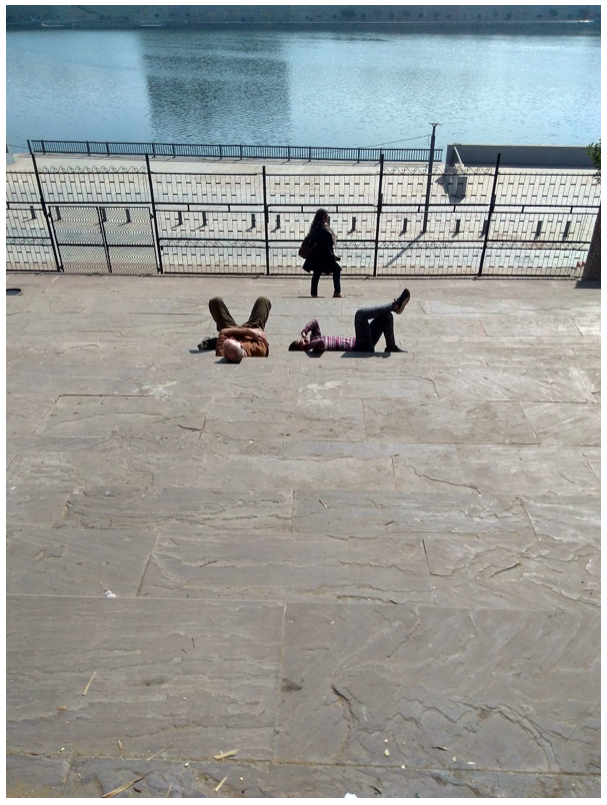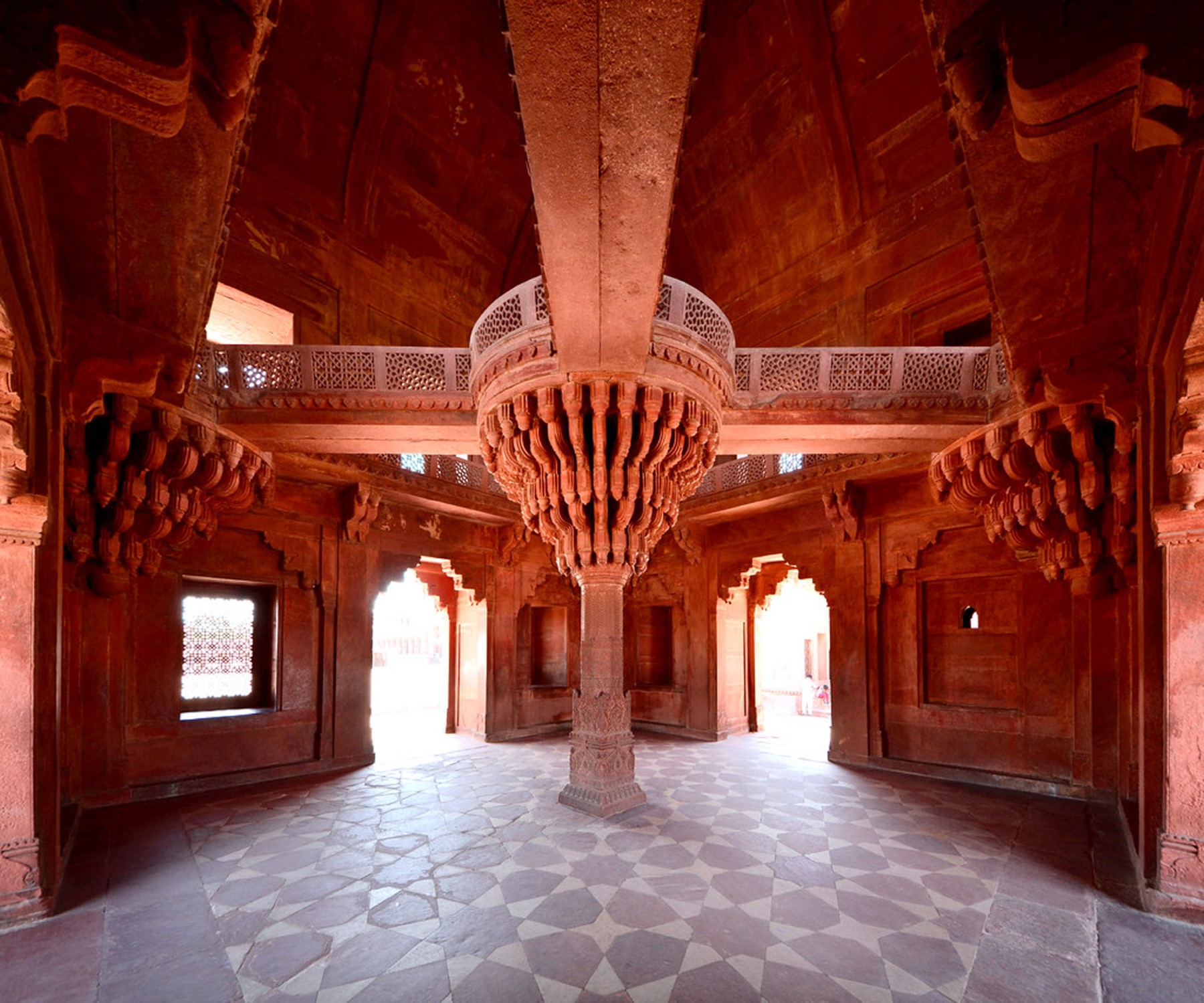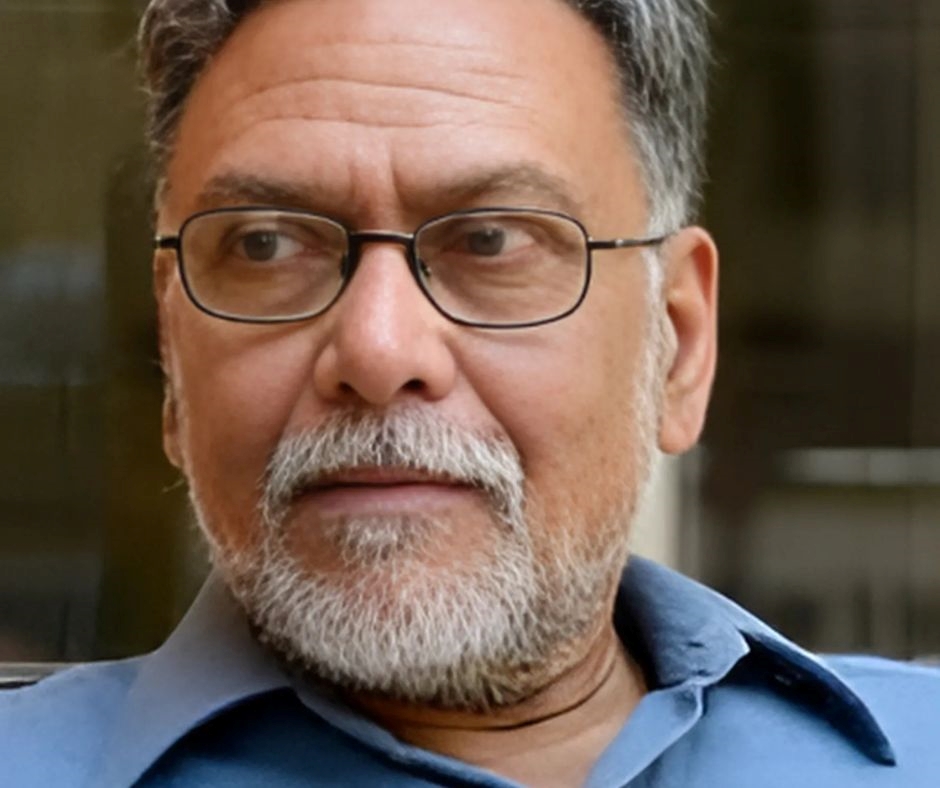It is a dusty and dry winter morning, I am transiting through Ahmedabad, with 3 hours to kill. Stunning black and white images of Charles Correa’s sparse tribute to the Father of the Nation had remained somewhere in my sub-conscious. I decide to go to the Sabarmati Ashram.
As the Uber negotiates the famous Ahmedabad traffic I wonder what this Ashram must have been like in the times of Mahatma Gandhi – a gentle wafting breeze from the flowing waters of the Sabarmati, huge trees, stone steps leading down to the river.
We’ve left the famed traffic behind and are whizzing past huge walls of concrete and a brimful of water. I ask the driver about the river, “Sir we are in it!”, he says, “This road that we are travelling on is within the original river bed”

I am soon at the Ashram, dated 1917, 36 acres of land on the banks of the Sabarmati. Sabarmati, one of the few important west flowing rivers in India, 371 km in length, emerging in the Rajasthan Aravalli, after travelling 9.5km it enters Gujarat. A brave river, that despite its relatively dry origins flowed perennial to the Gulf of Cambay, at least till 1976, that is when the Dharoi dam upstream of Ahmedabad became operational. (The same year a barrage at Vasna just downstream of Ahmedabad also became functional). This turned the fortunes of the Sabarmati and for most of the year the Sabarmati was reduced to a trickle. Slowly and surely industrial and domestic sewage took over and the river was reduced to a drain. Every once in a while, the rain in the upper catchments of the Sabarmati would upset the calculations of Hardoi’s planners and the sluice gates would be opened with a mere 24 hour notice to the downstream, including the city of Ahmedabad. For a few days the Sabarmati would recapture its bed and spill into Ahmedabad upsetting lives and property.
Enter the Sabarmati river front project. For 10.4 km, the Sabarmati’s river bed, varying between 330 to 382 metre was disciplined to a uniform 275 metre width. This effort required about 22 km of concrete diaphragm wall of average height 15 metre and thickness 60 cm, concrete embankments of 4 – 6 m height, concrete anchor slabs, and concrete retaining walls, creating a total storage capacity of 10-12 million cubic metre of water. It also involved displacing everything that was in this entire width and beyond – people, homes, markets, trees and other similar development collaterals. There are many justifications of this mammoth project, one of which is flood control, another is that of providing the city of Ahmedabad a clean flowing river.
But where would this water come from? Not from the Sabarmati, which even in its prime, other than the monsoons never exhibited this kind of exuberance. Ahmedabad with a population of about 6 million produces a significant volume of sewage on a daily basis, which if treated would perhaps provide the water required for a project like this one. In this age of ‘smart’ perhaps from treated sewage? Well not really, the project displaced the sewage, i.e. it stopped 10 major and 6 minor channels comprising the sewage outflows, storm water channels and drains from pouring into this stretch of the river and diverted them to a point downstream, just beyond where this famous river front ends.
So then where does the water come from? The Narmada! Specifically, from an extensive network of canals that carry the water from the series of large dams on the Narmada and its tributaries that submerged many households, farms, forests – another set of development’s collateral damage.
An RTI filed about a year ago by a farmer activist asked Sardar Sarovar Narmada Nigam Limited among other questions details on “the amount of water released daily in MLD from the Sardar Sarovar Yojana into the riverfront between 1st July 2017 and 12th January 2018” ; to which the response was, “101819.93 ML water was released in the Sabarmati river for AMC drinking water / for irrigation purposes through the Fatehwadi Canal / for Torrent Power industrial usage…”
In addition to AMC drinking water and Torrent power needs, a significant % of the water in the 10.4 km length would also be lost to evaporation, ground recharge. Though it is difficult to visualize what 101819.93 ML water would have meant for irrigation, clearly only a small part of it could go back for irrigation.
One ancient tale goes that every year, the mother Ganga, the epitome of purity enters the Narmada as a black cow, an embodiment perhaps of its status after all the purification it does and abuse it suffers. This black cow emerges from its dip in the Narmada purified and rejuvenated in the form of a beautiful white cow. At the Sabarmati river front the mirage provided by the Narmada waters end at Vasna barrage, beyond which the Mahatma’s Sabarmati enters one its worst polluted stretch reclaiming its status of one the 15 most polluted rivers in India.







